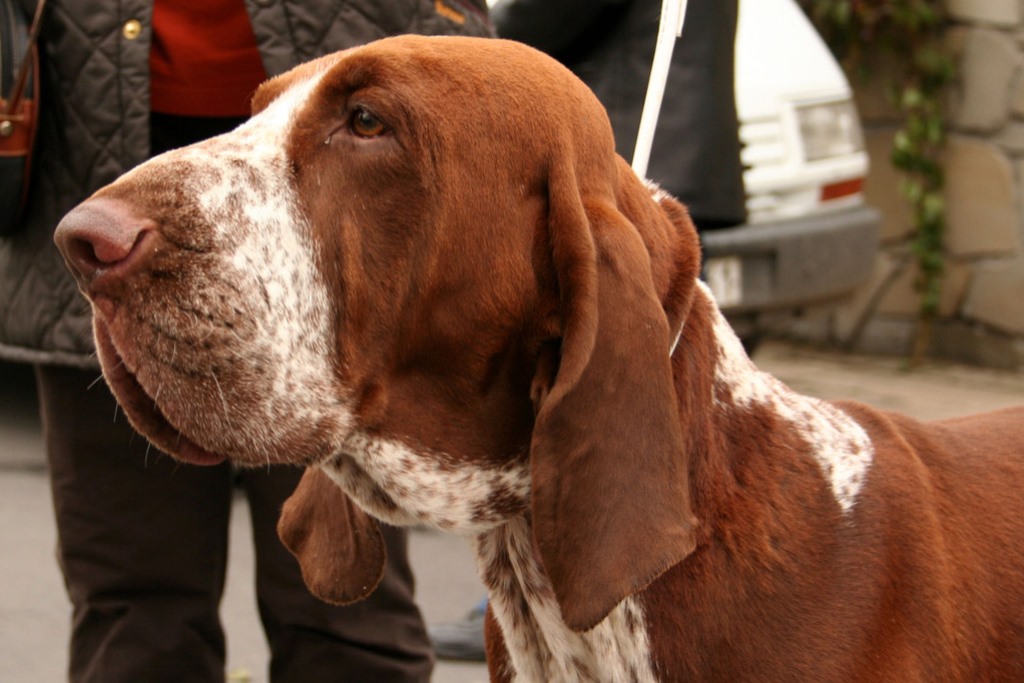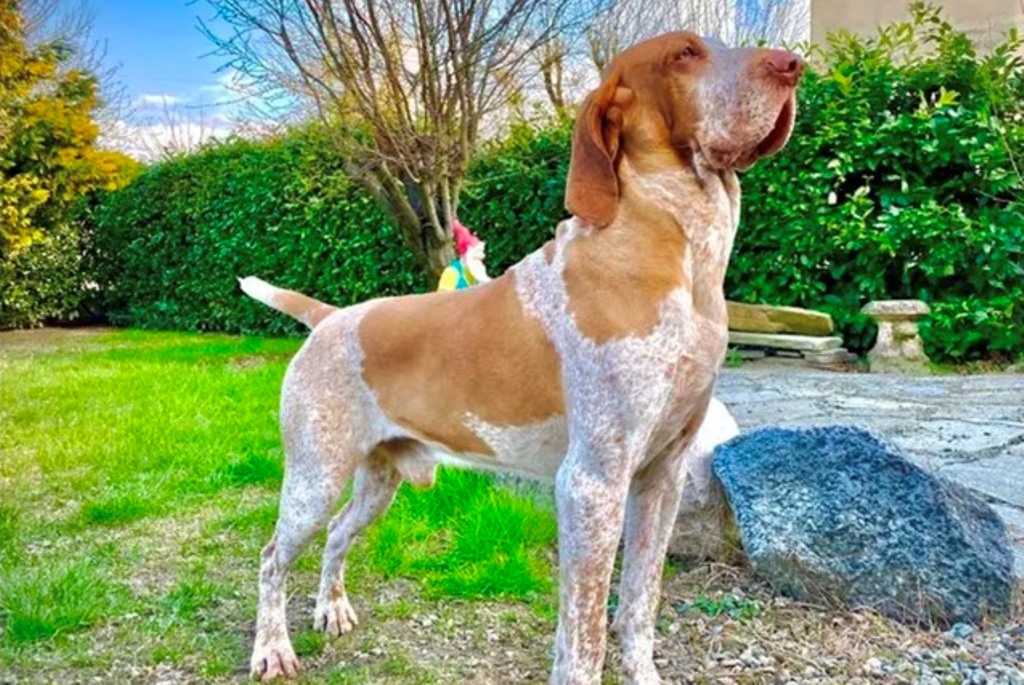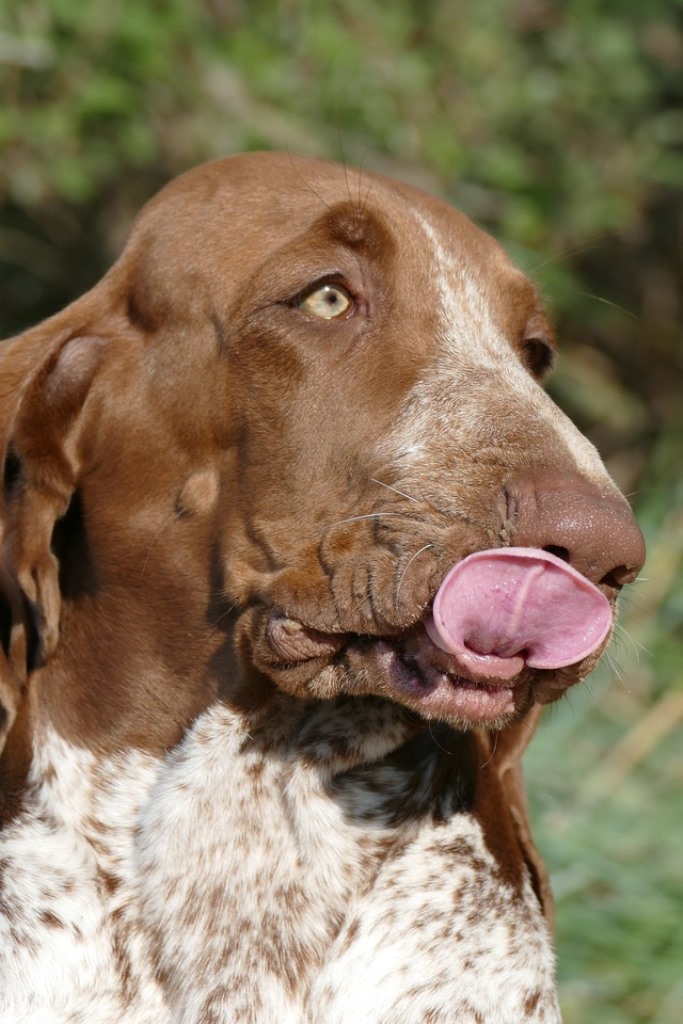
Notable Aspects of the Italian Pointer Dog Breed
The origins of the Italian Pointer dog breed are very ancient indeed. It is even mentioned in ancient Greece, where its name and characteristics are found in a work by Xenophon. It also appears in a sonnet by Dante, and as early as the 15th century we find it at the court of the Kings of France. But it was in the Renaissance that it experienced its most popular moment, living in the homes of the nobility, and even the Gonzagas and the Medicis chose the Italian Pointer for their hunting trips.
Yes, because the Italian Pointer is an excellent hunting and hunting dog, especially for birds with nets and even later when guns arrived. There was a time when hunting was one of the main leisure activities and the Italian Pointer quickly made inroads among the rich bourgeoisie.
Unfortunately, between the nineteenth and twentieth centuries, the Italian Pointer suffered a collapse that almost led to its extinction. However, already before the Second World War, thanks to a breeder, Paolo Ciceri, who is also the founder of the Società amatori bracco italiano, who started a selection and recovery of the breed's original characteristics. Thanks to him and other amateurs of this breed, the Italian Pointer is now completely regenerated following very accurate selections.
Going back to its origins, it is thought that the Italian Pointer was born in antiquity from a cross between a mastiff or molossus type dog and an Egyptian hunting and racing dog.
Character of the Italian Pointer dog breed

The Italian Pointer is a very docile and mild-mannered breed, it is very sensitive and attaches itself to its owner and its family, an ideal play and resting companion for all adults and children, which never strays out of place.
It is very intelligent, reliable and given its nature to please its owner in every way and very easy to train. It is ideal for an active lifestyle in the countryside and will do well both with the family and on the hunt, as long as it has a way of getting out at least a couple of hours a day to let off steam. Given its size, a garden in the country, where it can spend several hours a day, would be ideal, but it will also fit in a flat as long as it has some space available.
It can also be a guard dog although it is usually tame even with strangers, but its instinct of protection for the house and its members is very strong. Very social with other dogs, if accustomed from an early age it can also get along well with other pets in its household.
As far as hunting is concerned, it is a little slower than its English cousins, but on the other hand it can be used in all types of terrain and areas and adapts magnificently to all types of hunting. It also has a very solid stop, a wide range of strategies and is more ductile than other pointers. It is a breed with unique qualities in both appearance and behaviour and should therefore be promoted and publicised more and more throughout the world.
Appearance of the Italian Pointer dog breed

The Italian Pointer is a medium-sized dog, its height at withers reaches 57 centimetres, weighing around 40 kilograms, the female usually a little less. It has a vigorous appearance with a strong, solid and muscular constitution. Its physique is not exactly slender, but very toned and snappy, and in the open field it will impress with its quick reflexes and agility.
It has a peculiarly shaped head, a large truffle, very voluminous and protruding, and large, pendulous ears. Its eyes often have ochre tones, and its gaze has an almost melancholic, but very intelligent expression.
The coat is generally short, dense and very glossy, the colours can be white, roan-brown, which is the most common, and orange.
Care and health of the Italian Pointer
The Italian Pointer has a life expectancy of 12 to 14 years. Its health is generally good, many genetic diseases that have long plagued this breed have been eradicated thanks to careful breeding. It can suffer from dermatitis as it has very oily skin, so it is important to take care of its hygiene. It should be brushed almost daily and given a bath if necessary. Finally, take care of the hygiene of the ears and mouth.
As far as nutrition is concerned, it does not tend to put on weight, as long as it gets exercise, so balanced meals with good quality food.






















